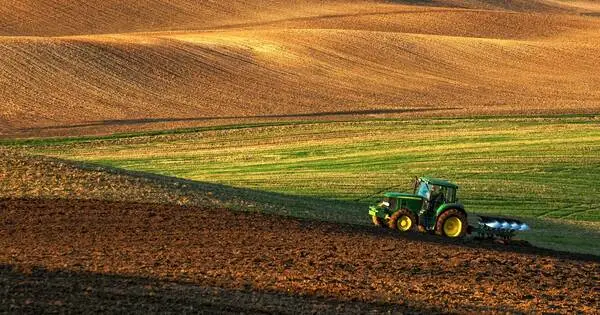Soil carbon feedback refers to a complex interaction between the Earth’s climate and the amount of carbon stored in soil. When temperatures rise due to the accumulation of greenhouse gases in the atmosphere, the soil’s organic matter breaks down more quickly, releasing carbon dioxide and other greenhouse gases into the atmosphere.
This increase in atmospheric carbon dioxide levels then contributes to further warming, which in turn leads to even more soil carbon being released. This feedback loop can accelerate climate change and exacerbate its effects, such as rising sea levels, more frequent and severe weather events, and disruptions to ecosystems and human societies.
Soil carbon feedback refers to the release of carbon from soils as a result of global warming. This is a positive climate feedback response to climate change. Because global soils contain two to three times more carbon than the Earth’s atmosphere, understanding this feedback is critical for understanding future climate change. The main cause of this feedback is increased soil respiration, with measurements indicating that 4 °C of warming increases annual soil respiration by up to 37%.
At the same time, there are also mechanisms that can sequester carbon in soil, such as changes in land use practices, agricultural techniques, and reforestation efforts. Therefore, the net effect of soil carbon feedback on climate change depends on the balance between carbon release and sequestration, which is influenced by a variety of factors such as soil type, climate conditions, land use history, and management practices.

Impact on climate change
An observation-based study on future climate change, on the soil carbon feedback, conducted in Harvard since 1991, suggests that the top 1-meter of Earth’s soils will release approximately 190 petagrams of soil carbon, the equivalent of the past two decades of greenhouse gas emissions from fossil fuel burning, until 2100, due to changes in microbial communities under elevated temperatures.
When atmospheric CO2 concentrations increase, plants tend to grow faster and take up more carbon through photosynthesis. This can lead to an increase in the amount of carbon stored in the soil, as more carbon is transferred from the plant roots into the soil. However, this additional carbon in the soil can also stimulate the growth of microbes, which can lead to increased rates of decomposition and the release of carbon back into the atmosphere as CO2.
Furthermore, changes in temperature and precipitation patterns associated with climate change can also affect the rate of carbon decomposition and the amount of carbon stored in the soil. For example, in warmer and wetter climates, microbial activity tends to increase, leading to greater rates of decomposition and potentially more carbon released into the atmosphere.
Overall, the soil carbon feedback is an important component of the Earth’s carbon cycle, and understanding how it responds to changes in the climate system is essential for predicting future climate change.
















